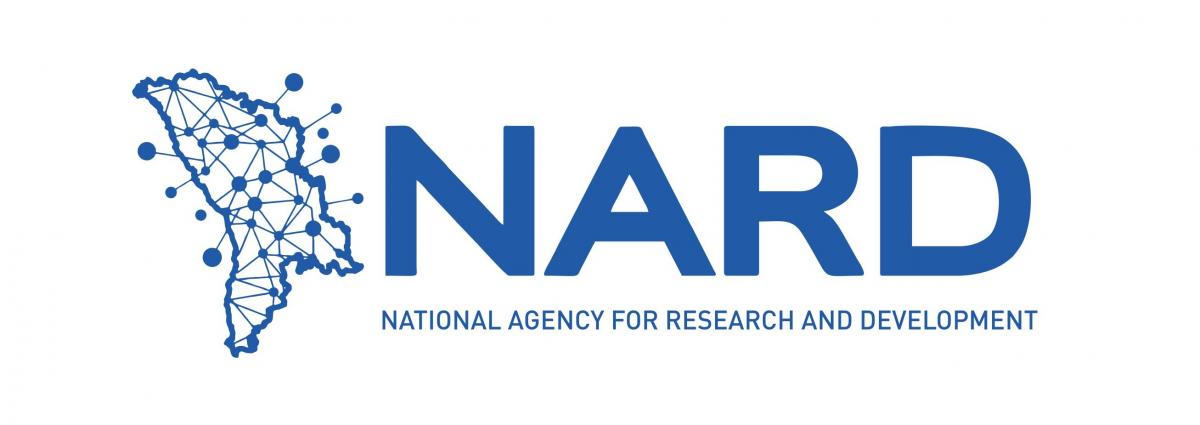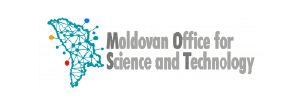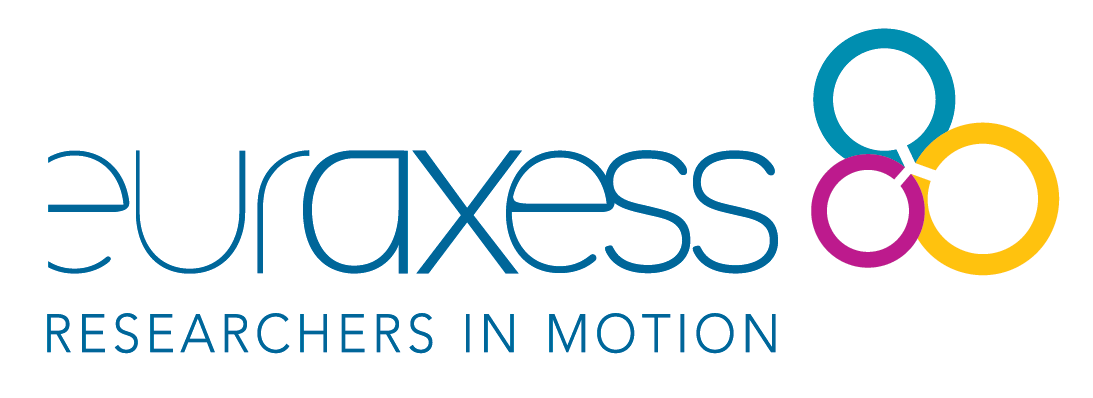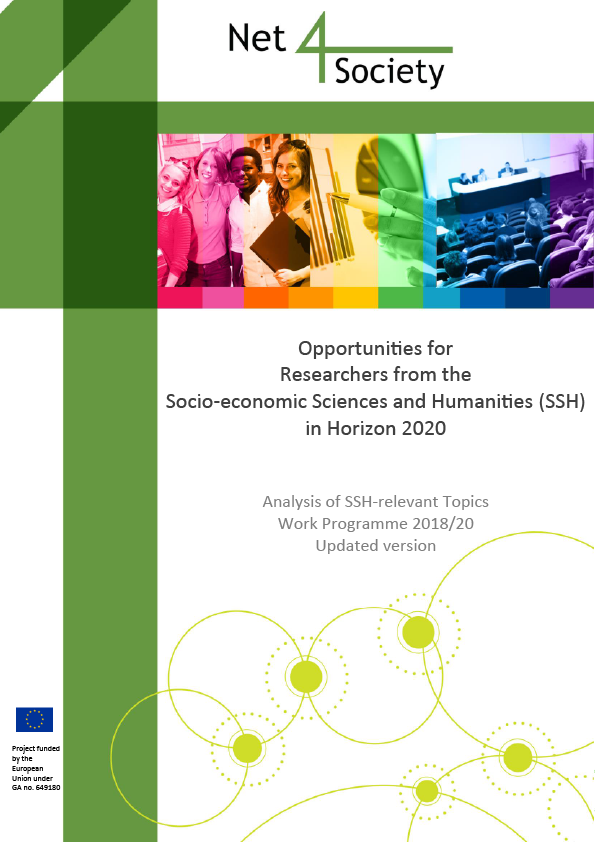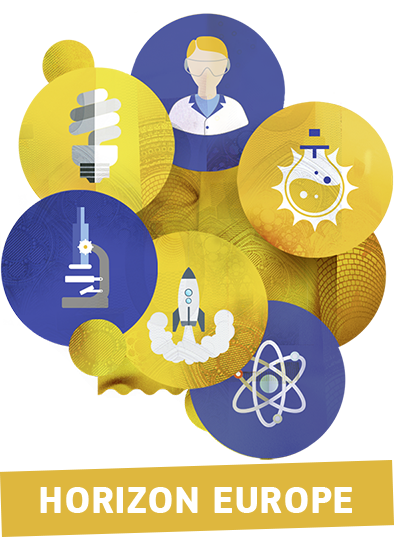| Benefits of, and barriers to, adopting greener IT practices |
Carbon management policies and ecology- related issues with ICT |
| Carbon metering and user feedback |
Characterization, metrics, and modeling |
| Climate and ecosystem monitoring |
Creating green awareness using IT |
| Energy harvesting, storage, and recycling |
Energy-aware computing |
| Energy-aware high performance computing and applications |
Energy-aware large scale distributed systems, such as Grids, Clouds and service computing |
| Energy-aware software |
Energy-efficient mass data storage and processing |
| Energy-efficient network services and operations |
Governments’ roles in fostering and enforcing green initiatives |
| Green IT metrics, maturity models, standards, and regulations |
Green business process reengineering and management |
| Green computing models, methodologies and paradigms |
Green design, manufacture, use, disposal, and recycling of computers and communication systems |
| Green networking and communication |
Green software engineering |
| Life-cycle analysis of IT equipment |
Low-power electronics and systems |
| Management and profiling tools for energy efficient systems |
Matching energy supply and demand |
| Modeling-representations, simulation and validation for energy consumption optimization problems |
Network design optimization |
| Online dynamic optimization for energy efficient systems |
Optimization of energy-efficient protocols |
| Power-aware algorithms and protocols |
Power-aware software and hardware |
| Power-efficient delivery and cooling |
Reliability, thermal behavior and control |
| Renewable energy models and prediction |
Robustness and performance guarantees |
| Smart buildings and urban development |
Smart grid and microgrids |
| Smart homes, buildings, offices, streets |
Smart transportation and manufacturing |
| Stability of smart energy systems |
Sustainable computing |
| Using IT to reduce carbon emissions |
|

